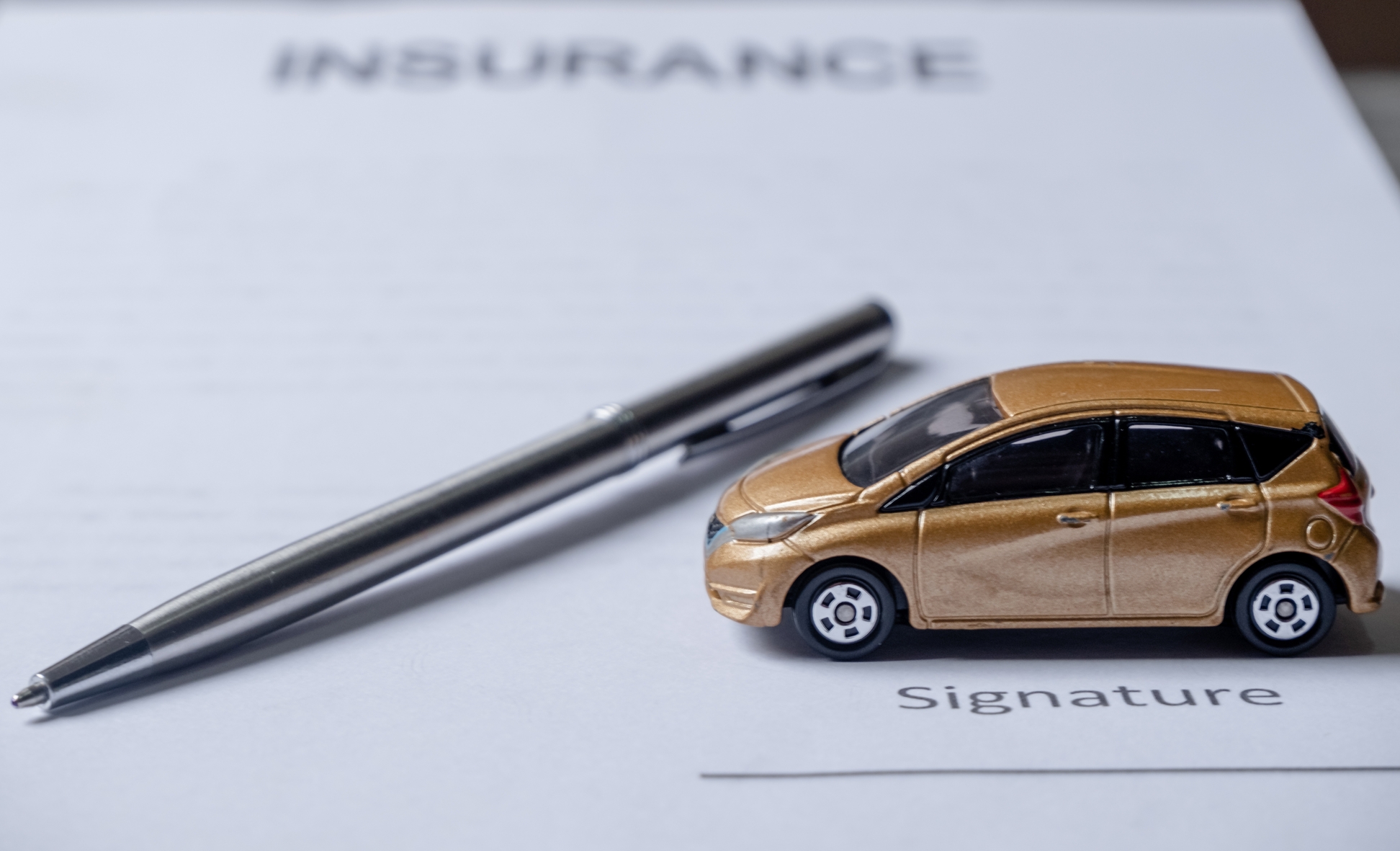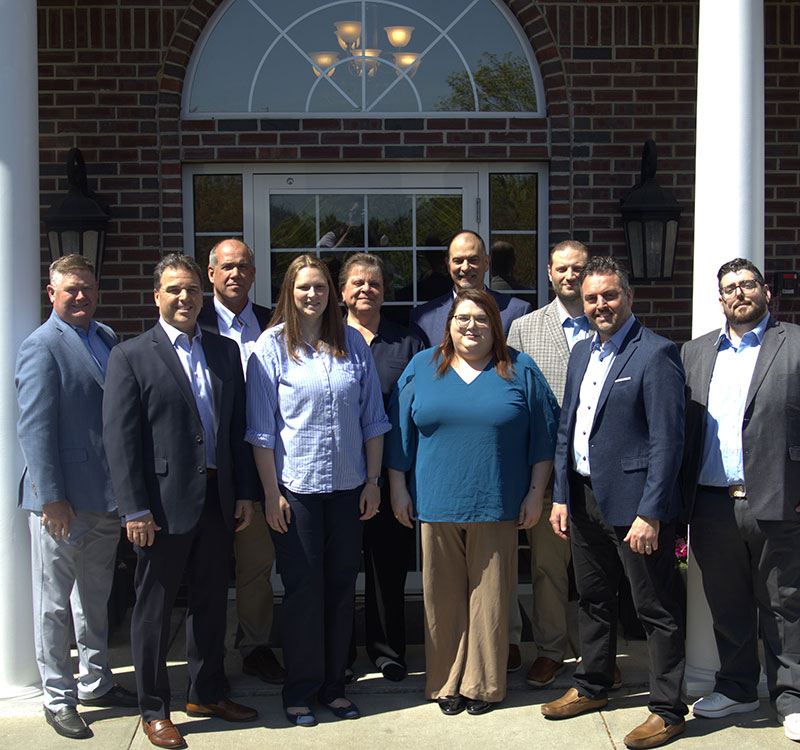Summary
"Full coverage" car insurance is a myth that leaves dangerous financial gaps. Learn what truly makes a policy complete, including the essential coverage types (UM/UIM, PIP) most people miss.
When looking for car insurance in the past, you might have thought, “I just want full coverage.”
It’s an understandable request. You want peace of mind, protection from risk, and the assurance that you won’t be financially ruined by an accident.
Here’s the truth: “full coverage” is a myth. It’s not a single policy. It’s an industry term for a bundle of coverages that still leaves significant gaps if not customized correctly. Relying on the term “full coverage” can leave you dangerously exposed.
Here is a breakdown of what that term usually includes, what it almost always misses, and how to define the coverage that’s truly “full” for your unique situation.
The Three Pillars of “Full Coverage”
When an agent says you have “full coverage,” they generally mean you have added the following three core types of protection:
Liability Coverage (Protecting Others)
This is the required foundation in almost every state. It’s what pays out when you are at fault for an accident. It includes Bodily Injury (BI) Liability, which covers the other driver’s medical expenses and lost wages, and Property Damage (PD) Liability, which covers damage to the other person’s vehicle or property.
Liability protects your assets from lawsuits by paying the other party. It does nothing for your vehicle or your injuries.
Collision Coverage (Repairing Your Car)
Collision coverage pays to repair or replace your vehicle if it is damaged in an accident, regardless of who is at fault. For example, if you hit another car, a tree, or a telephone pole, this is the coverage that pays for your repairs (minus your deductible).
Comprehensive Coverage (Damage Beyond Collision)
Comprehensive coverage pays to repair or replace your vehicle if it is damaged by something other than a collision. This includes incidents such as theft, vandalism, fire, hail, floods, falling objects (like a tree branch), or hitting a deer. This coverage also typically has a deductible.
The Critical Gaps That Get Missed
If you only buy the three pillars above, you technically have “full coverage.” But you are still exposed to massive financial risk. A truly protective policy needs these essential additions:
- Uninsured/Underinsured Motorist (UM/UIM). This is vital. UM/UIM protects you if you are hit by a driver who either has no insurance or whose insurance limits are not high enough to cover your damages. Given the high rate of uninsured drivers, never skip this coverage.
- Personal Injury Protection (PIP) or MedPay. While liability protects other people, PIP or MedPay pays for your medical expenses and those of your passengers, regardless of who was at fault. It helps you get care quickly before the liability claim is settled.
- Gap Insurance. If your car is brand new or you have a large outstanding loan, its actual cash value (ACV) may be less than what you still owe the bank. Gap Insurance pays the difference between the car’s ACV and the remaining balance on your loan or lease, preventing you from owing a debt on a car you no longer drive.
Part 3: Defining Your “Full Coverage”
Instead of a generic “full coverage” policy, a GTM agent will create a tailored policy that aligns with your specific risk profile.
- If you have a new car, financed, or leased: You should prioritize high Liability Limits, Collision, Comprehensive, Gap Insurance, and UM/UIM, as the financial stakes are very high.
- If you have a family or valuable assets (a home, savings): You need high Liability Limits (often $250,000/$500,000 or higher) and should discuss an Umbrella Policy to protect everything you own from a catastrophic lawsuit.
- If you have an older vehicle: You may be able to save significantly by dropping Collision and Comprehensive coverage if the yearly premium outweighs the vehicle’s actual cash value (ACV). However, always maintain high Liability and UM/UIM limits.
Don’t rely on the myth. Let the team at GTM Insurance guide you through every coverage line to ensure your policy is fully protected where you need it most. Call us today at 518-373-4111 or request a complimentary consultation.


